Barbed Wire Fence is a cost-effective and widely used perimeter security solution designed to deter unauthorized entry and protect boundaries. Consisting of twisted steel wires with sharp, pointed barbs spaced at regular intervals, this type of fencing creates a physical and psychological barrier that discourages climbing or crossing. Originally developed for agricultural use to contain livestock, barbed wire has evolved into a versatile security tool for military installations, prisons, industrial sites, and private properties.
Though less visually imposing than some high-security alternatives, barbed wire remains a practical choice due to its affordability, ease of installation, and low maintenance. Whether used in rural farmland or high-risk facilities, it continues to serve as a reliable deterrent against trespassing and unauthorized access.
Can Barbed Wire Be Used for an Electric Fence?
Yes, barbed wire can be electrified to enhance its deterrent effect, though it requires careful installation for safety and efficiency. When used with an energizer (electric fence charger), the barbs carry a pulsed high-voltage current that delivers a non-lethal but memorable shock to deter animals or intruders. This hybrid system is common in livestock management, where it combines the physical barrier of barbed wire with the psychological deterrent of electricity.
However, electrified barbed wire has limitations. The barbs’ intermittent spacing reduces conductivity compared to smooth high-tensile wires, requiring more frequent maintenance to ensure consistent current flow. Safety regulations often restrict its use in populated areas due to injury risks, and it’s less effective than dedicated electric fencing for perimeter security. For optimal results, it’s best suited for rural or agricultural applications with clear warning signs.
Top Uses of Barbed Wire Fence
Barbed wire’s primary role is in agriculture, where it has been a staple for livestock containment since the 19th century. Its sharp barbs prevent cattle, sheep, and other animals from breaching fences while remaining cost-effective for large pastures.
In military and defense, barbed wire serves as a quick-deploy barrier for perimeter security, trench fortifications, and crowd control. Its simplicity and effectiveness made it invaluable in wartime to slow enemy advances or secure temporary boundaries.
For property security, barbed wire is used on rural fences, storage yards, and industrial sites to deter trespassers. While less formidable than razor wire, its low cost and ease of installation make it practical for low-to-medium-risk areas. From farm fields to conflict zones, barbed wire remains a versatile tool for deterrence and boundary enforcement.


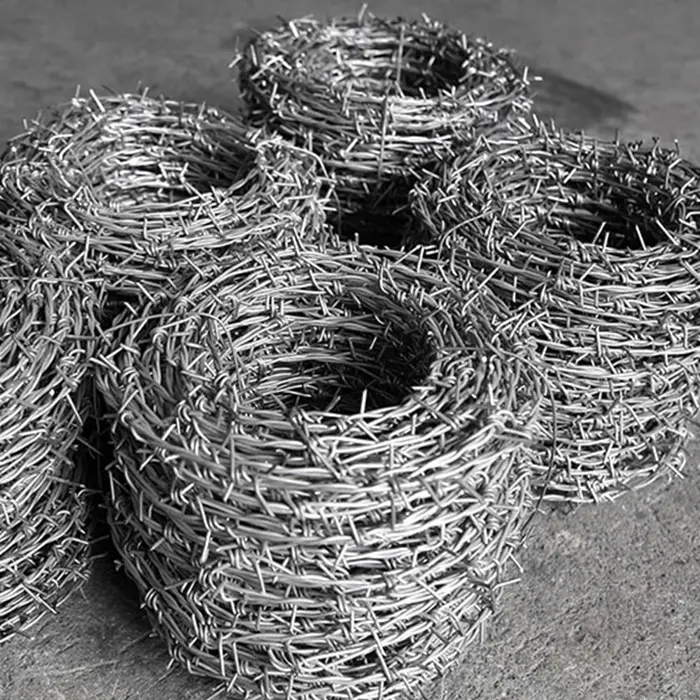

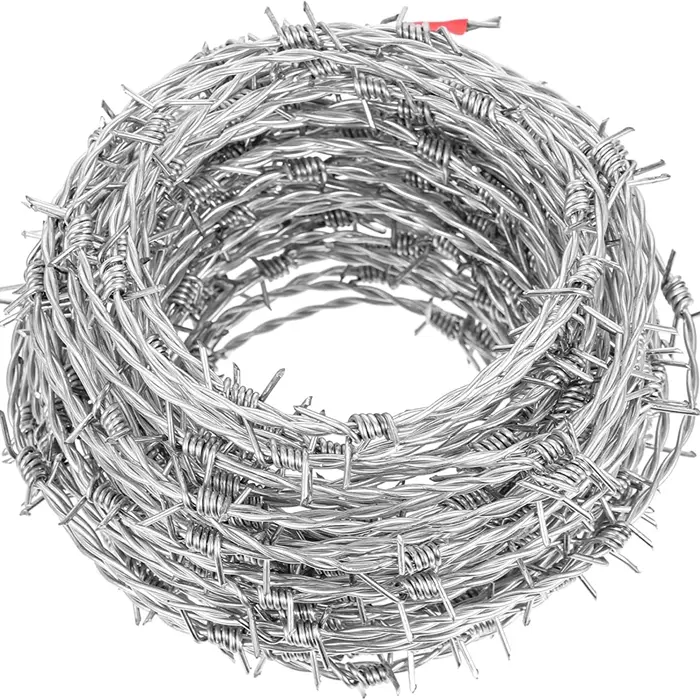
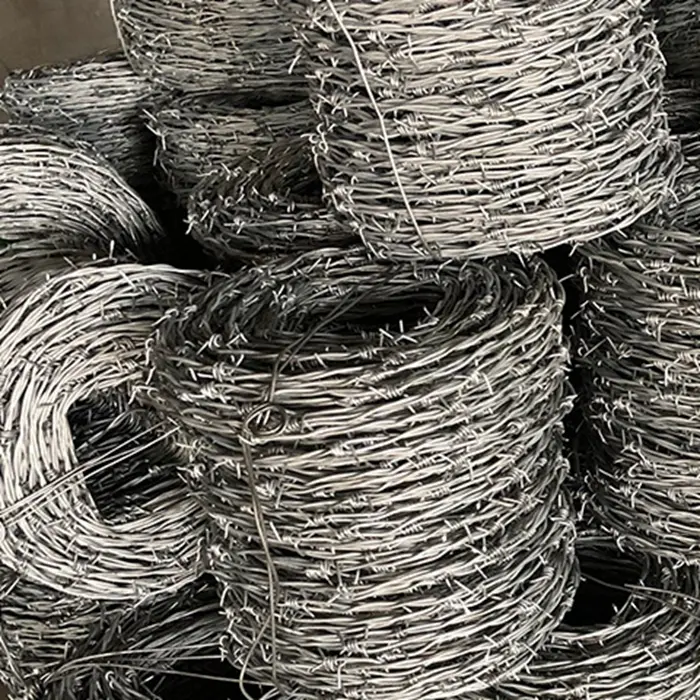
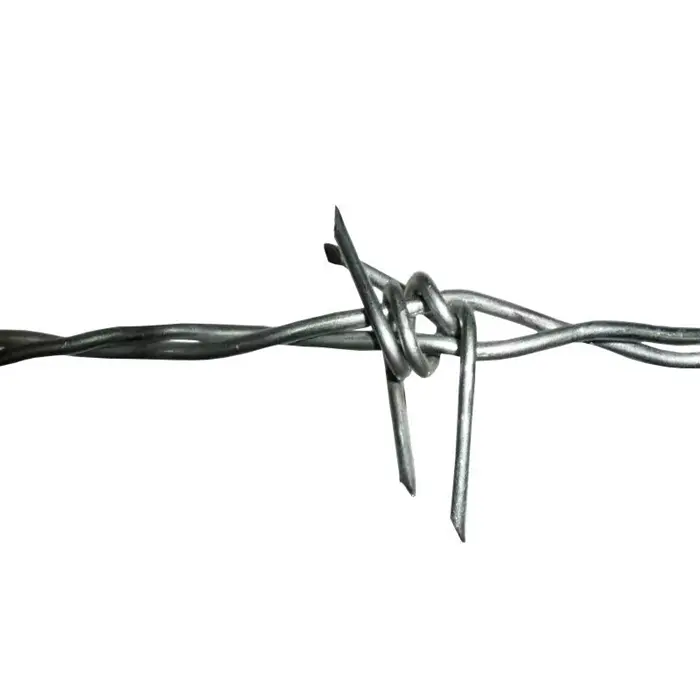
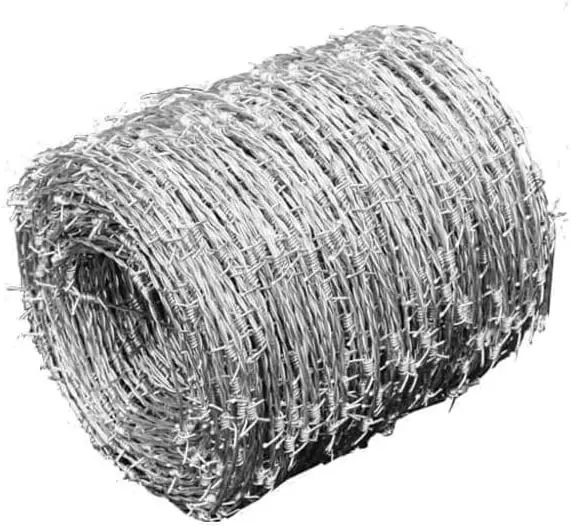
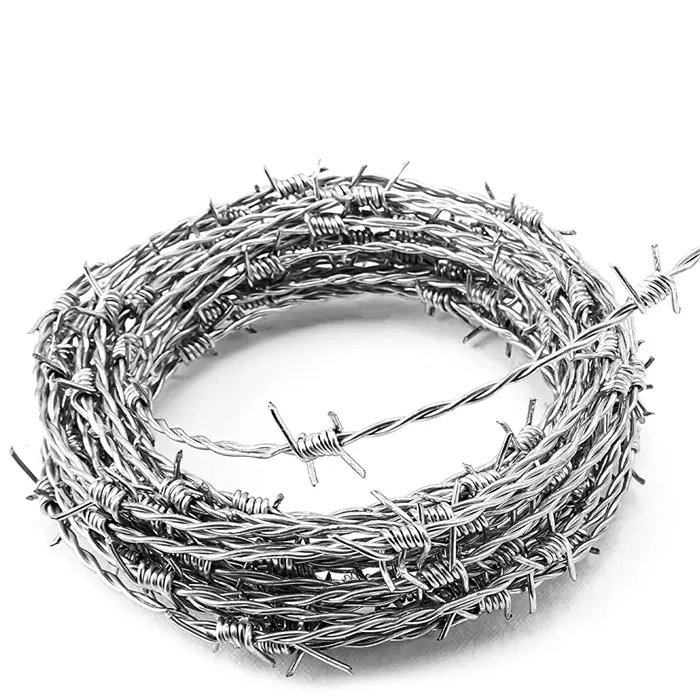
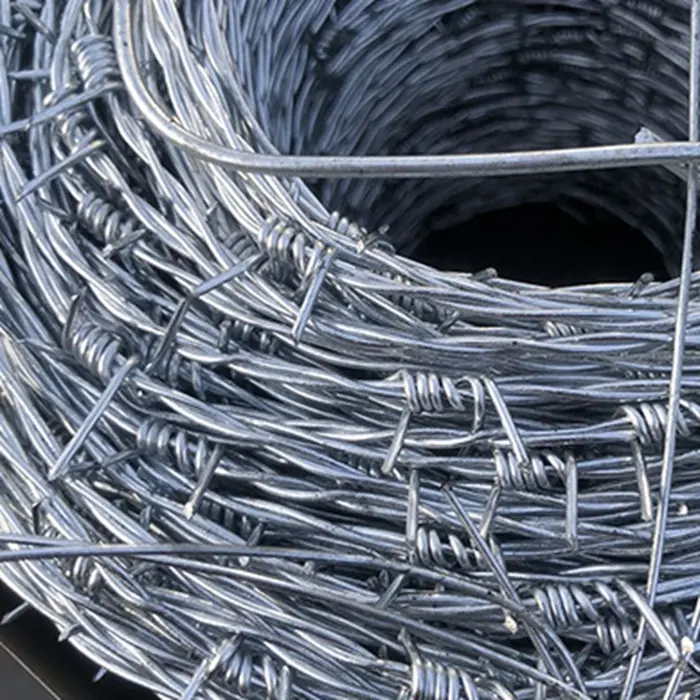


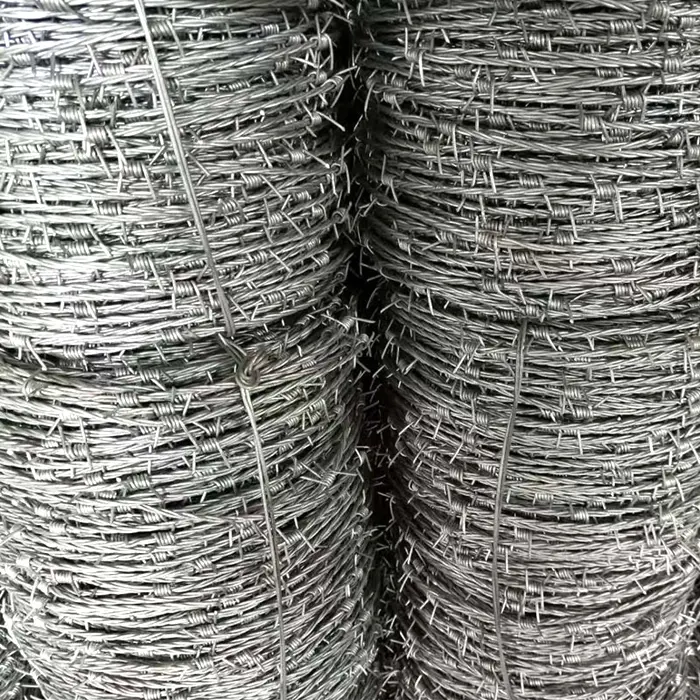
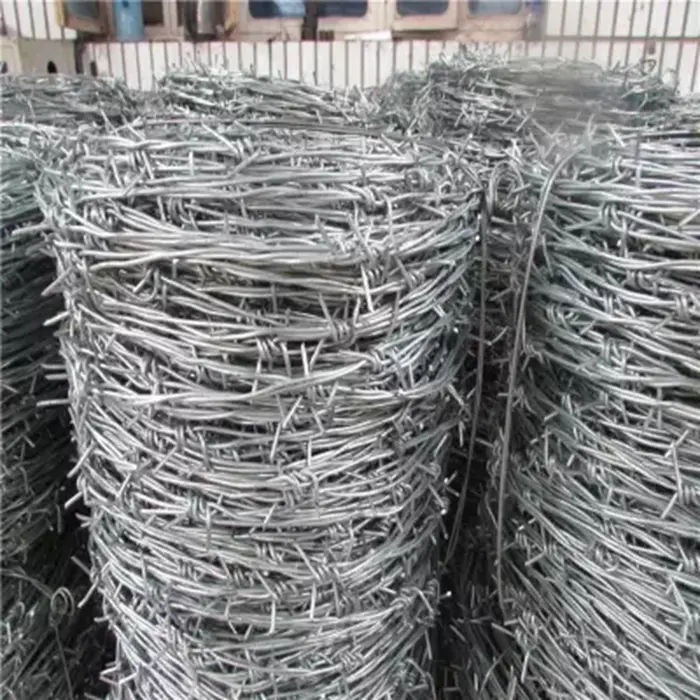



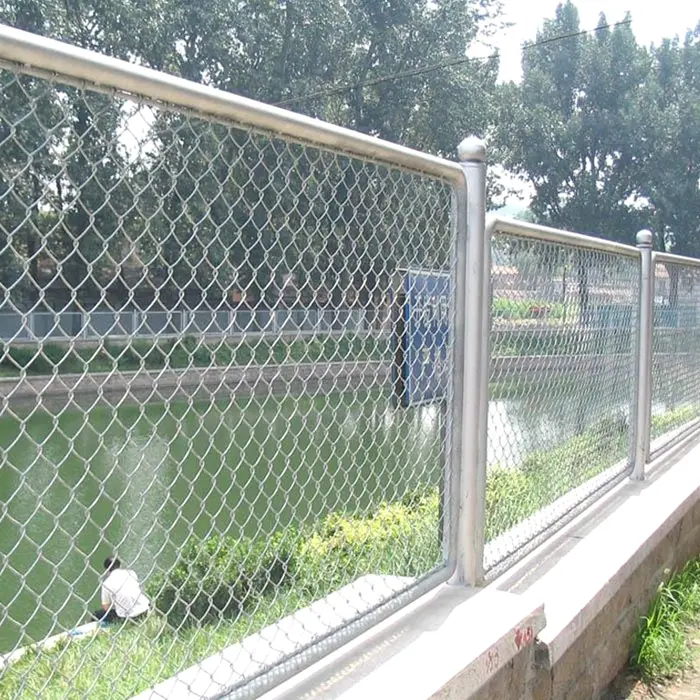
2.webp)